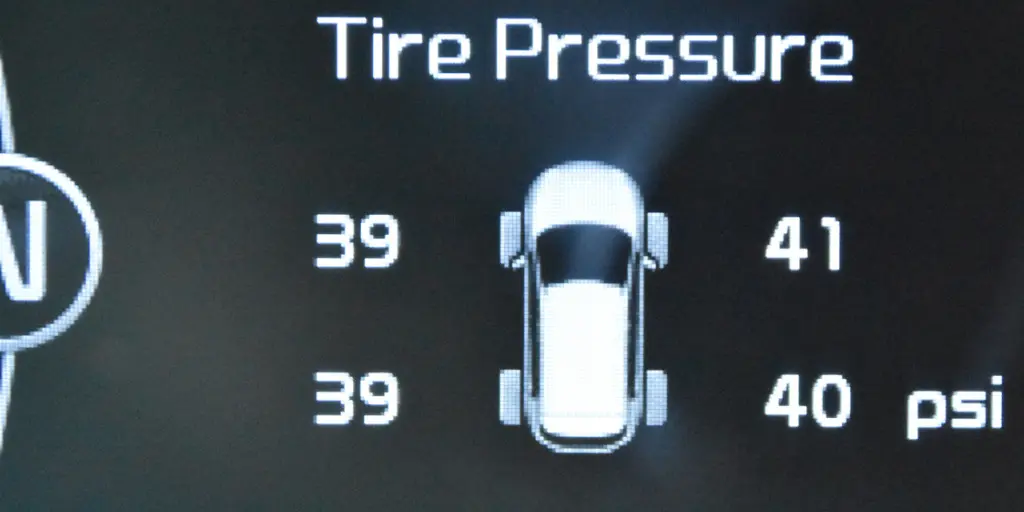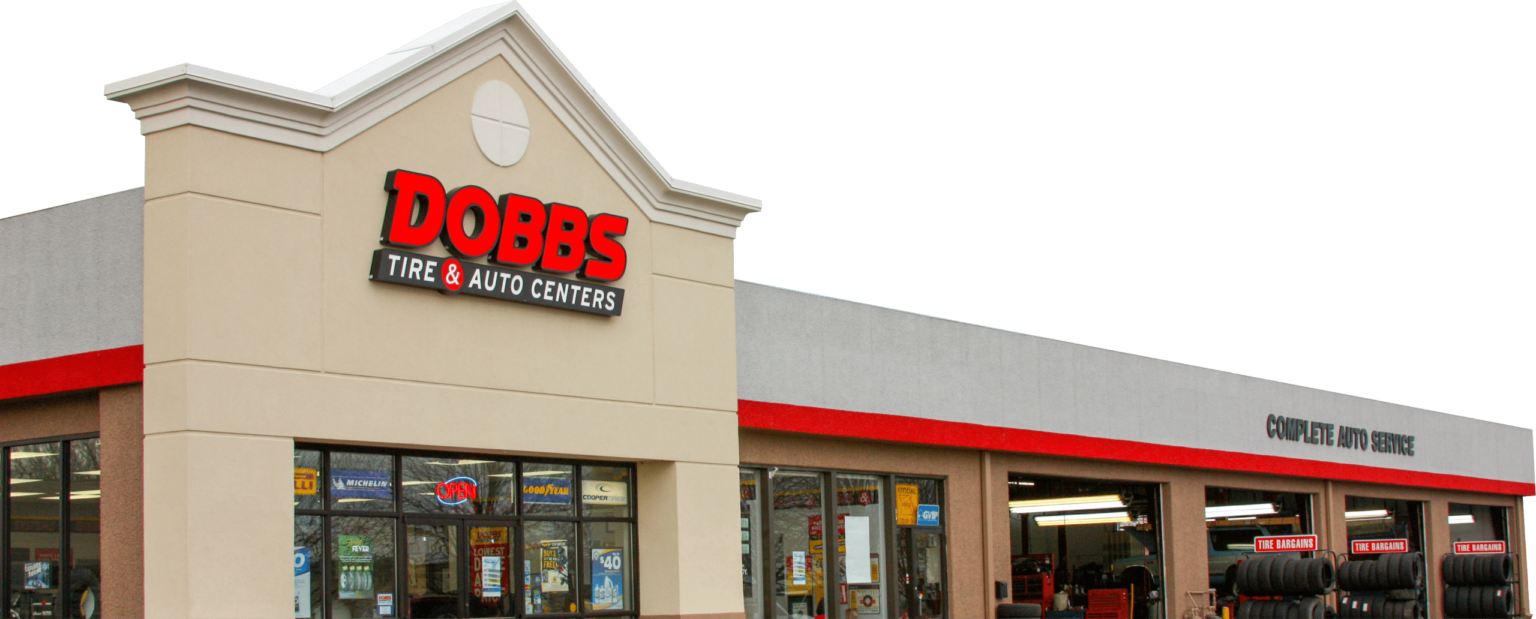What is TPMS and Why Should You Care?
If you ask any technician how to help your tires last a long time, they’ll tell you to replace any loose suspension and steering components, replace worn shocks and struts, get a four-wheel alignment, rotate your tires every 3,000 to 5,000 miles, and check and adjust your tire pressure every week. Now, this might save you money, getting you a few thousand extra miles out of your tires, but proper tire pressure is also critical to road safety, which is why the tire pressure monitoring system (TPMS) was developed.
What Does the Tire Pressure Monitoring System Do?
Tire traction, longevity, and safety are all highly dependent on maintaining proper tire pressure. When tires are under-inflated, they wear unevenly and don’t grip the road as well, particularly in turns. Also, fuel economy suffers. Severely under-inflated tires may be the worst safety hazard, as they can suddenly blow out, leading to a loss of control and possibly an accident. In fact, tire pressure is so important that TPMS was mandated by the National Highway Traffic Safety Administration (NHTSA) for all vehicles produced since 2007.
Tire pressure fluctuates over time and temperature, and most drivers aren’t in the habit of regularly checking and adjusting tire pressure – even “sealed” tires typically lose up to 2 psi per month. As the acronym suggests, TPMS monitors tire pressure, and it does so automatically. Depending on the vehicle, you may even be able to see individual tire pressure readings. If tire pressure drops 25% from the set pressure, depending on the vehicle, a warning light will come on to alert you. (Check out our video, “What is TPMS” for more information).
Does Your Vehicle Have TPMS?
The NHTSA helped make tire pressure monitoring systems part of the Federal Motor Vehicle Safety Standard (FMVSS) on all production vehicles. If your vehicle was made after September 1, 2007, then it’s equipped with TPMS. If your vehicle was made before September 1, 2007, then it might be equipped with TPMS. In fact, the first TPMS system in a passenger vehicle appeared in the 1986 Porsche 959.
The easiest way to check your vehicle is to turn the ignition on and look for the TPMS warning light to light up. You can also check your owner’s manual to see if it describes the system and how it works. If you don’t have your owner’s manual, you can order one from your automaker or look for it online – JustGiveMeTheDamnManual.com is a good place to start.
How Does TPMS Work?
There are two types of TPMS, direct and indirect, sometimes referred to as dTPMS and iTPMS. Direct TPMS uses sensors outside or inside each tire to directly measure tire pressure, just like you would with a tire pressure gauge. Each sensor sends a radio signal to the receiver inside the vehicle, which uses those signals to monitor tire pressure and display readings or the warning light, depending on how the vehicle is equipped. TPMS sensor batteries don’t last forever and may not even be replaceable, so maintenance ends up being more expensive. Still, direct TPMS is more accurate and reliable than indirect TPMS.
Indirect TPMS uses wheel speed sensors, the same ones used by anti-lock brakes and electronic stability control, to indirectly determine if a tire has insufficient pressure. Because the tire’s effective diameter is smaller when the tire is underinflated, it rotates faster than the other tires. The system detects this small difference in speed and interprets it as lower pressure. Indirect TPMS is less-expensive, but it isn’t as accurate and reliable. Uneven tire wear, driver habit, or even an odd tire can skew readings, however. The system must be reset whenever tire pressures have been adjusted or if the tires have been rotated. It takes an additional twenty to sixty minutes of driving to set new rotational values.
If the TPMS Warning Light Comes On
When you start the car, the TPMS warning light should come on for a couple of seconds and then go out. If the TPMS warning light stays on or comes on while you’re driving, don’t panic. Safely pull over and check your tires. If you have a low or flat tire, inflate it or drive slowly, under 35 mph, to somewhere where you can get it inflated. Have your tire checked for leaks and have it repaired as soon as possible. You can find the proper tire pressure specification in the owner’s manual or on the Tire & Loading sticker on the driver’s door jamb. Don’t forget to reset the system once you’ve adjusted tire pressures.
There is another light that will let you know if there is a problem with the system itself. If the TPMS is faulty, you should get it repaired as soon as possible, so that you are protected in case your tires go low.
Dobbs Tire & Auto Centers is Here to Help
If you have a low tire pressure warning light or a system malfunction light, we can help. The professionals at Dobbs Tire & Auto Centers know tires and TPMS and have the tools to get your car back in shape. Check out our 50 locations – one is bound to be convenient – or give us a call to set up an appointment.

